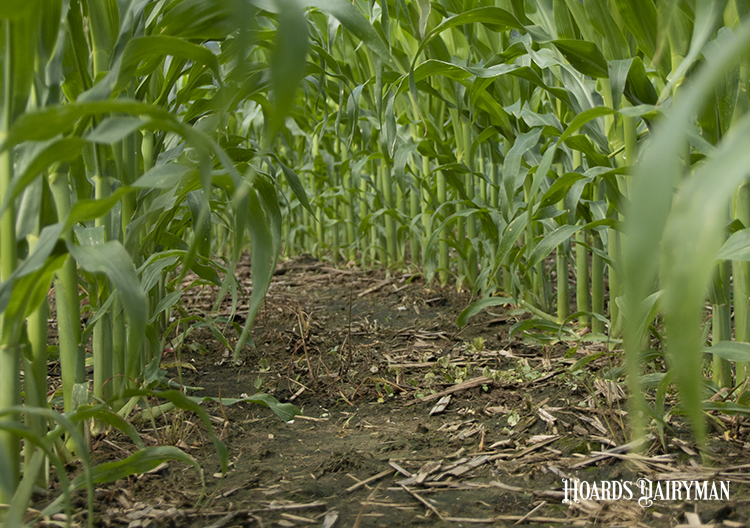
The macronutrient nitrogen is essential for corn growth. This needed nitrogen is delivered to fields using fertilizer or manure, but the best timing for application can depend on several factors.
“When you look at corn nitrogen application, there is not one correct strategy,” said Kurt Steinke, an associate professor at Michigan State University (MSU), during an MSU Extension Field Crops Virtual Breakfast.
There are many options for providing fields with nitrogen, including preplanting, at planting, or after planting but before emergence. There is also the opportunity to side-dress nitrogen to growing plants.
Steinke shared a few reasons why some farms may consider side-dressing nitrogen. One scenario could be a very wet spring that didn’t allow for earlier application or caused substantial losses of preplant application.
Side-dressing can also be a way to spread out the spring workload. Perhaps other crops needed to be planted at the same time as corn and being able to delay nitrogen application may allow for other crops to get in the ground. Not having to wait for pre-plant application prior to corn planting may allow the corn to get in sooner as well.
He also pointed out that near side-dressing time, about 40 days after planting, a farmer may have a better indication of what the growing season is going to look like in terms of moisture and could adjust the amount of nitrogen applied accordingly.
The goal of in-season nitrogen application is to better synchronize the nutrient’s availability with plant uptake. Corn at the V6 growth stage has only taken up about 10% of the season’s total nitrogen uptake, Steinke explained. That really changes from V6 to V10, when about a fifth of total nitrogen is utilized. Another third is taken up between the V10 and V14 growth stages. By tassel, nearly 70% of the nitrogen has been taken up.
“Side-dress timing hits that period of growth where nitrogen uptake really skyrockets,” Steinke noted.
Application during the growing season is not always better than preplant application, though. Why?
“A lot of it boils down to the weather,” Steinke said. He pointed out that precipitation is needed after a side-dress application to move the nitrogen down to the plant roots.
He explained that split nitrogen application typically pays off for coarse textured soils or fine-textured soils with history of nitrogen losses. On the other hand, preplant might be better on fine textured soils that are higher in organic matter.
He reiterated that timing is important, as the application must satisfy the corn’s early nitrogen requirements. Timing is just one component, though.
“All the components – source, rate, time, and place – intertwine to influence an optimal soil fertility program,” he stated.








